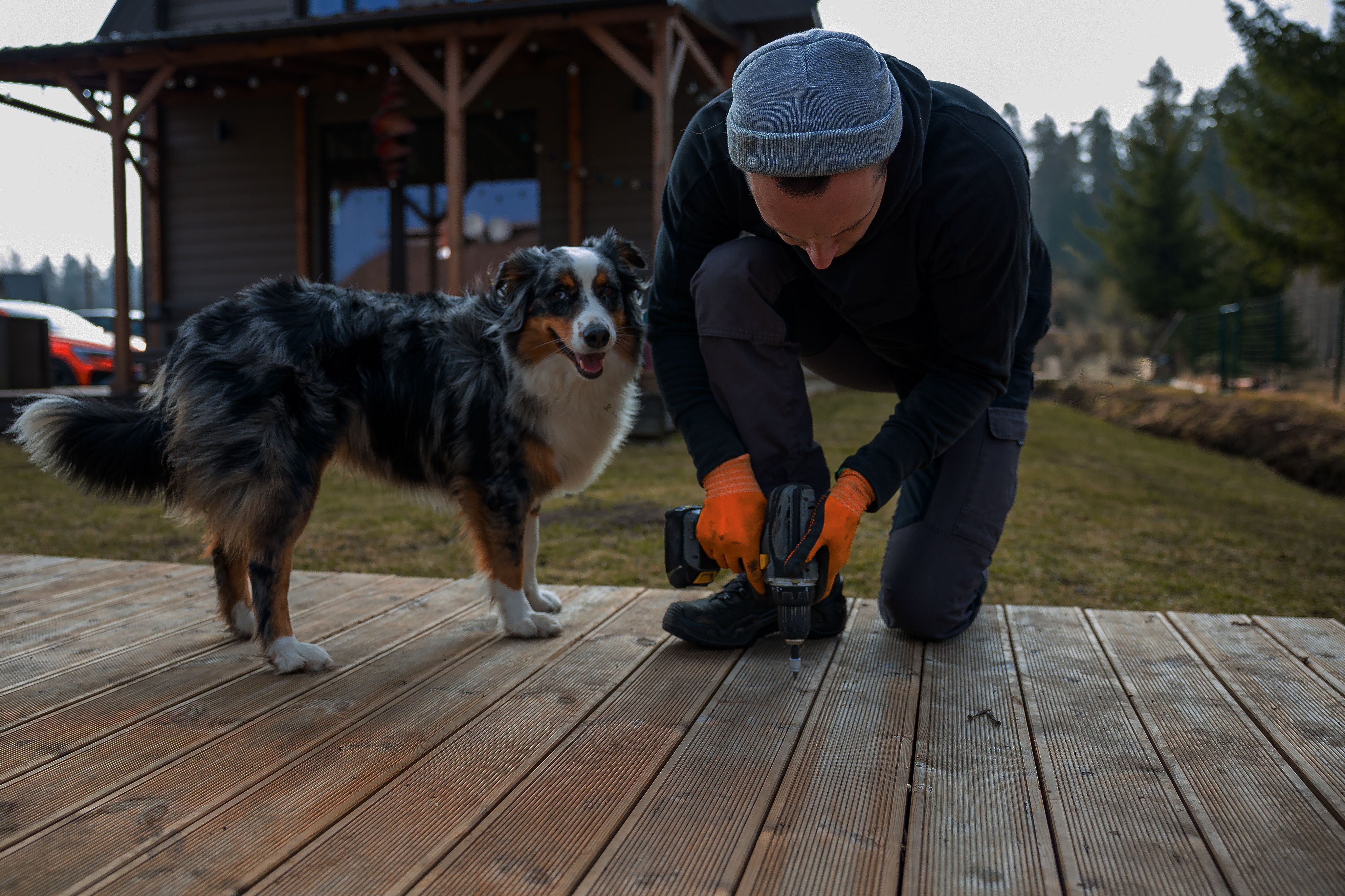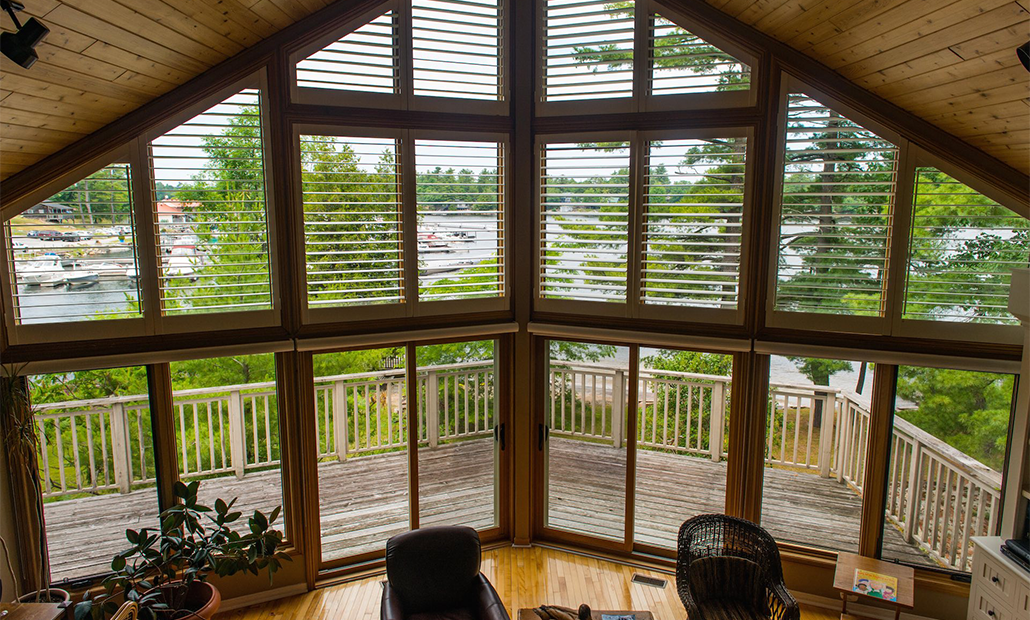
From planning and design to construction and materials, we'll walk you through every step of the process to help you replace your windows.
Step 6: Window Frame Options
If you are replacing the existing windows in your home, you will need to decide if you are going with a retrofit or full frame replacement. This will affect the frame size and depth. Read on to find out which option is right for you.
Retrofit:
In a retrofit installation, new units are inserted into existing window frames. Retrofit installation is often recommended to customers who want to preserve the existing look of their house. The exterior is capped with aluminum. This installation is less invasive on the structure of your house and is also less costly. This type of installation is not recommended in homes with rot or water damage. Older homes with high quality wood frame and trim are also good candidates for retrofit, since this process won’t disrupt the house’s traditional charm. The downsides to retrofit include, not being able to address any existing frame to stud leaks, and reduced glass area.
Full-Frame (Brick-to-brick):
Full-frame is the most thorough and complete window replacement you can get. In a full-frame installation, all window hardware including casings, jamb extensions, and brick moulds get replaced. The existing frame in your window is torn out right down to the brick. This really ensures there is no hidden moisture or damage left in the structure. By cleaning up the rough opening, the installers are also able to better assess the needs of your home. This installation ultimately ensures a longer life for your new windows. Because the standard replacement material for these parts is vinyl instead of wood, it will not deteriorate or age as quickly. A full-frame replacement, on average costs 15-20% more than a retrofit installation, however you get a better view, with approximately 10% more glass surface.
Once you have picked your replacement style, you are ready to pick your frame type:
Vinyl:
The most popular selling window in Canada. The corners are fusion welded making them air and water tight. Vinyl is durable, requires very little maintenance and is easy to clean. The honeycomb frame is strong and the air cavities make this a well-insulated frame. In addition, steel or aluminum are added to the inside of the frame to increase strength and durability. Vinyl windows are the best value for most consumers because they are less expensive than wood, fiberglass or composite windows.
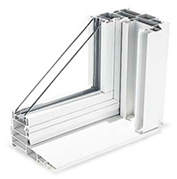
Wood:
Wooden windows are not as common as they used to be in Canada. They are structurally strong and give a nice, warm look to your home. There is an option to have metal cladding on the exterior which reduces maintenance and offers a wider variety of colours. In addition, wood requires regular maintenance. Corners are mechanically fastened and are not as air/water tight as vinyl. Choose wood windows when you want to stain or paint the interior of your windows. Wood can cost 2 to 3 times more than vinyl.
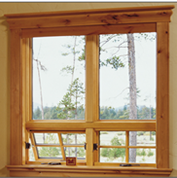
Fiberglass:
Few manufacturers offer fiberglass windows. Structurally strong, it holds its shape forever. Frames can be hollow which allows for an insulated cavity, creating the warmest frame on the market. The corners are mechanically fastened so not as air tight as vinyl. Costing 2 to 3 more than vinyl, fiberglass is the best performing frame but is very expensive.
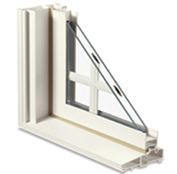
Hybrid:
Hybrid windows combine different frame materials into one window type. Prices are 25% to 100% more expensive than a basic vinyl window. Hybrid windows are an excellent compromise between performance, aesthetics and price.
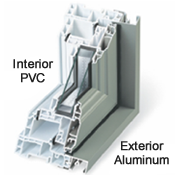
Vinyl/Aluminum hybrid combines a vinyl window with an aluminum exterior cladding. This hybrid has all the benefits of vinyl with the added strength of aluminum, creating a very durable, coloured exterior.
Vinyl/Wood hybrid combines a vinyl window system with wood capping on the interior. This allows you to stain or paint the interior of the window frame and still have the benefits of vinyl on the exterior.
Foam Filled Vinyl Frames: Some manufacturers offer insulated foam inside a vinyl frame. Foam is injected into the cavities of the frame. This adds extra insulating value to the frame. The entire cavity will not be filled as the foam in the corners will melt away when the frame is welded together. The most inefficient part of a window is not the frame. The best value for your money is to upgrade the glass.

Visual Learner? We get it.
We get it. Turkstra TV is full of helpful videos to get you up and running on your next home improvement project.
Our Coaches have your back
Need help? Talk to our professional coaches - it's free.
Get preferred pricing & exclusive promos with Build-it-Better.
Receive exclusive, members-only discounts on select products each month!

